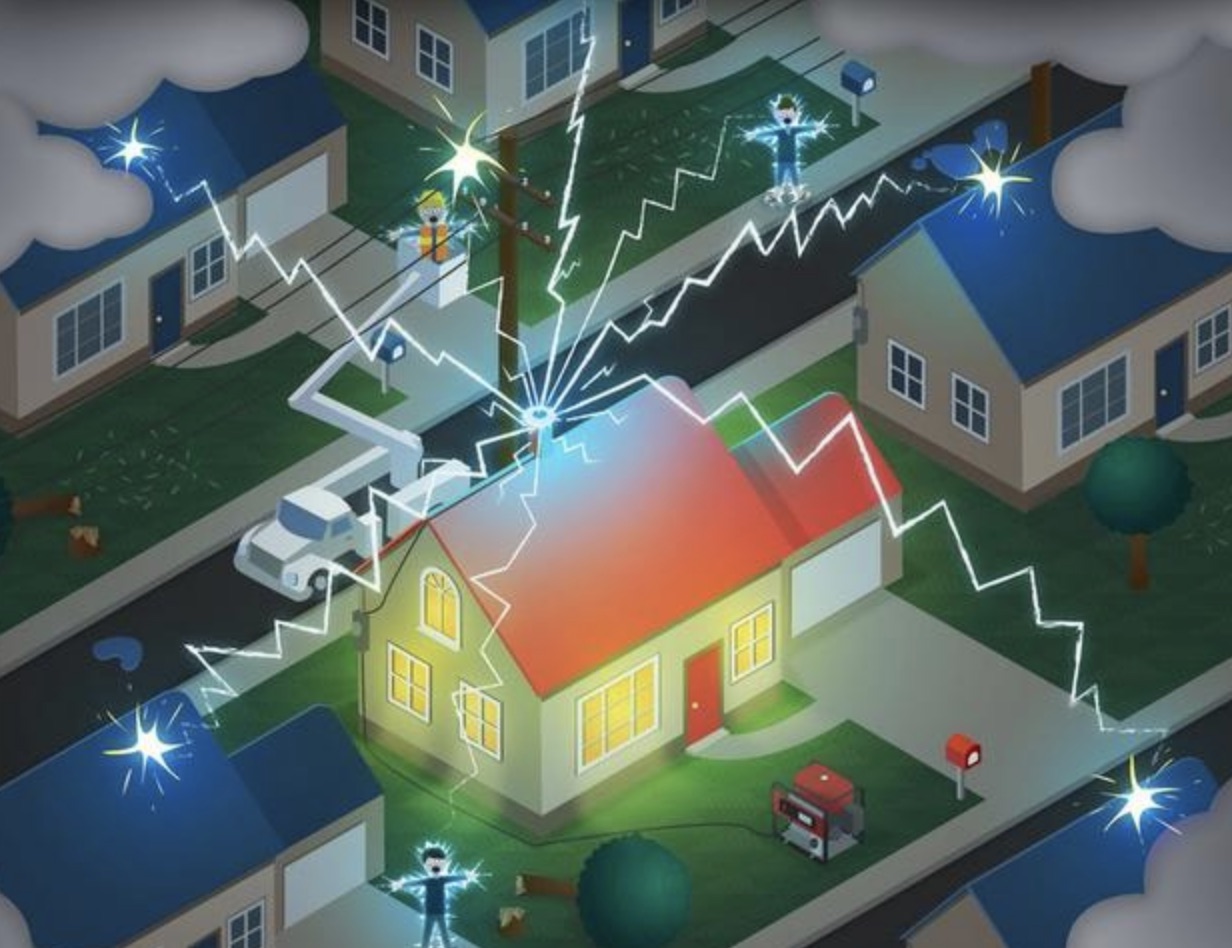|
Getting your Trinity Audio player ready...
|
ARTICLE / VIDEO. Portable or permanently installed standby generators can come in handy during long-term power outages. However, if you do not know how to use them properly, they can be dangerous. Contact a qualified vendor or electrician to help you determine what generator is best suited to your needs. Before using, read and follow manufacturer’s instructions.
Recommend Goal Zero Yeti 400 Power Station + Boulder 50 Solar Kit
NOTE Battery powered generators are another, safer, option to gas generators, albeit an expensive one. Unlike a gas generator, the Goal Zero Yeti 1400 can be operated indoors and is silent. At 1,500 running and 3,000 surge power, the Goal Zero isn’t as powerful as the gas models, but it has more than enough juice to power a few lights, a small fridge, and your personal electronics. Add the solar panel, and you’ve got unlimited fuel as long as the sun is out.
Tips to safely use a portable generator. Central Insurance
If you want to plug your generator into your house, it must have a transfer switch. The transfer switch prevents energy from leaving your generator and going back onto the utility electrical equipment, when it could be dangerous to a lineman or others near downed power lines, a process known as “back feed.” A qualified electrician should install your generator and transfer switch.
Safe Electricity has the following tips to use portable generators safely:
- Operate it outdoors, 20 feet from house, in an area with plenty of ventilation. Never run a generator in a home or garage. Generators give off deadly carbon monoxide. Direct exhaust away from house and neighbor’s house.
- Do not plug a generator into the wall to avoid back feed. Use heavy-duty extension cords to connect appliances to the outlets on the generator.
- Turn the generator on before plugging appliances to it. Once the generator is running, turn your appliances and lights on one at a time to avoid overloading the unit. Remember, generators are for temporary usage; prioritize your needs.
- Generators pose electrical risks, especially when operated in wet conditions. Use a generator only when necessary when the weather creates wet or moist conditions. Protect the generator by operating it under an open, canopy-like structure on a dry surface where water cannot form puddles or drain under it. Always ensure your hands are dry before touching the generator.
- Be sure the generator is turned off and cool before fueling it.
- Keep children and pets away from portable generators. Many generator components are hot enough to burn you during operation.
Safe Electricity suggests these safety guidelines and basic operating instructions be posted in the home and with the generator.
Consider the fumes and the noise your generator is causing.
Be considerate of your neighbors.
But there’s an alternative that could save you hundreds of dollars
Transfer switches isolate utility power and generator power to prevent backfeeding, which can be deadly.
Backfeed can follow wires and harm those nearby, including utility workers making repairs.
Transfer switches also protect the home from electrical fires caused by short circuits and improper connections.
Transfer switches should only be installed by a qualified electrician.







